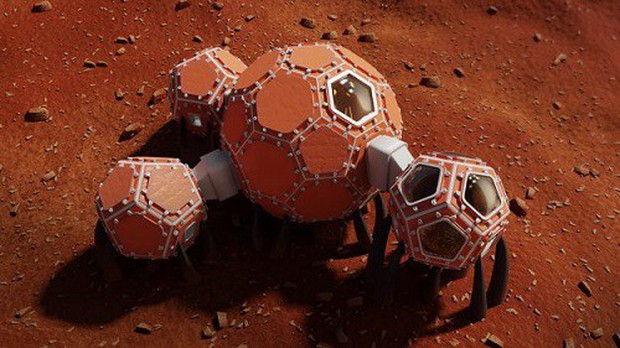NASA has taken another step towards making interplanetary life a reality, naming three top models for the Mars Habitat Challenge.
This challenge, which began in 2015, saw several teams compete to design shelters suitable for the environments of the Moon and Mars. For the 4th level of the 3rd stage of the competition, 11 teams were invited to create complete renderings of their creations using modeling software and short videos explaining the selections. Each model is rated for its architectural layout and aesthetics, as well as for construction feasibility and scalability, among a number of other features.
In the early stages, the competition focused on architectural renderings and the technology needed to build the components of each design.
The New York-based SEArch + / Apis Cor team took the top spot with their unique twisted structure, dotted with small holes to let in natural light. Meanwhile, the finalist from Zoperhous proposed that their modular structures could be printed by the autonomous ruler. And the Mars Incubator team, a group of engineers and artists, presented a modular design with four separate spaces, including one for growing plants.
The three teams shared the prize of $ 100,000.
In the next round, scheduled for early May, the finalists will print 3D scale models from original drawings to compete for the prize of $ 800,000.
The competition is just one of many activities the United States’ National Aeronautics and Space Administration (NASA) can do to prepare for returning humans to the Moon and eventually to Mars. In November 2018, the agency announced that nine U.S. companies were eligible for a $ 2.6 billion project over the next 10 years to provide services to the Moon. Previously, in 2017, US President Donald Trump signed Directive 1 on space policy to “refocus the US space program”.
“This time we will not only be planting a flag and leaving footprints, but we will someday prepare for the ultimate mission to Mars,” Trump said.



